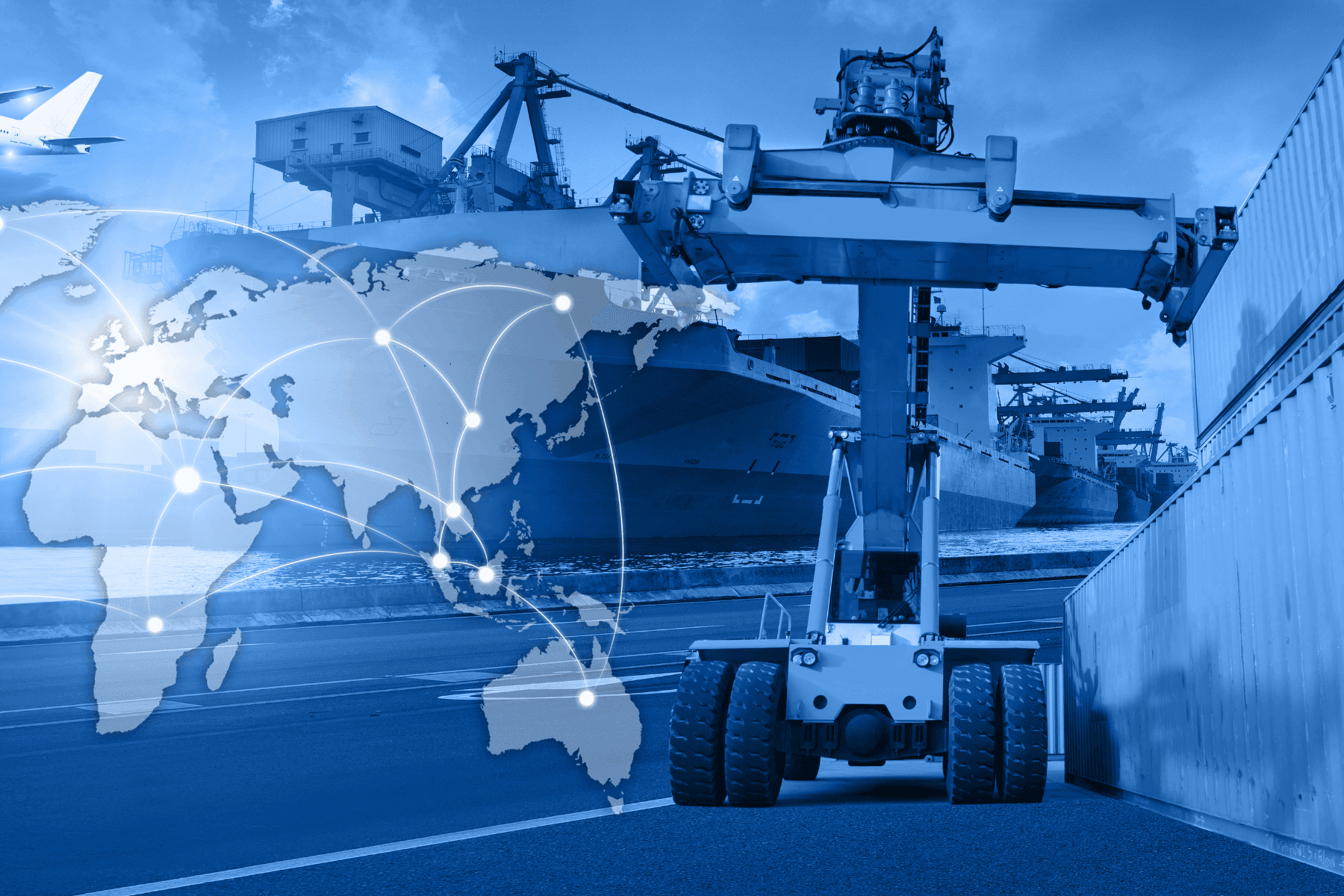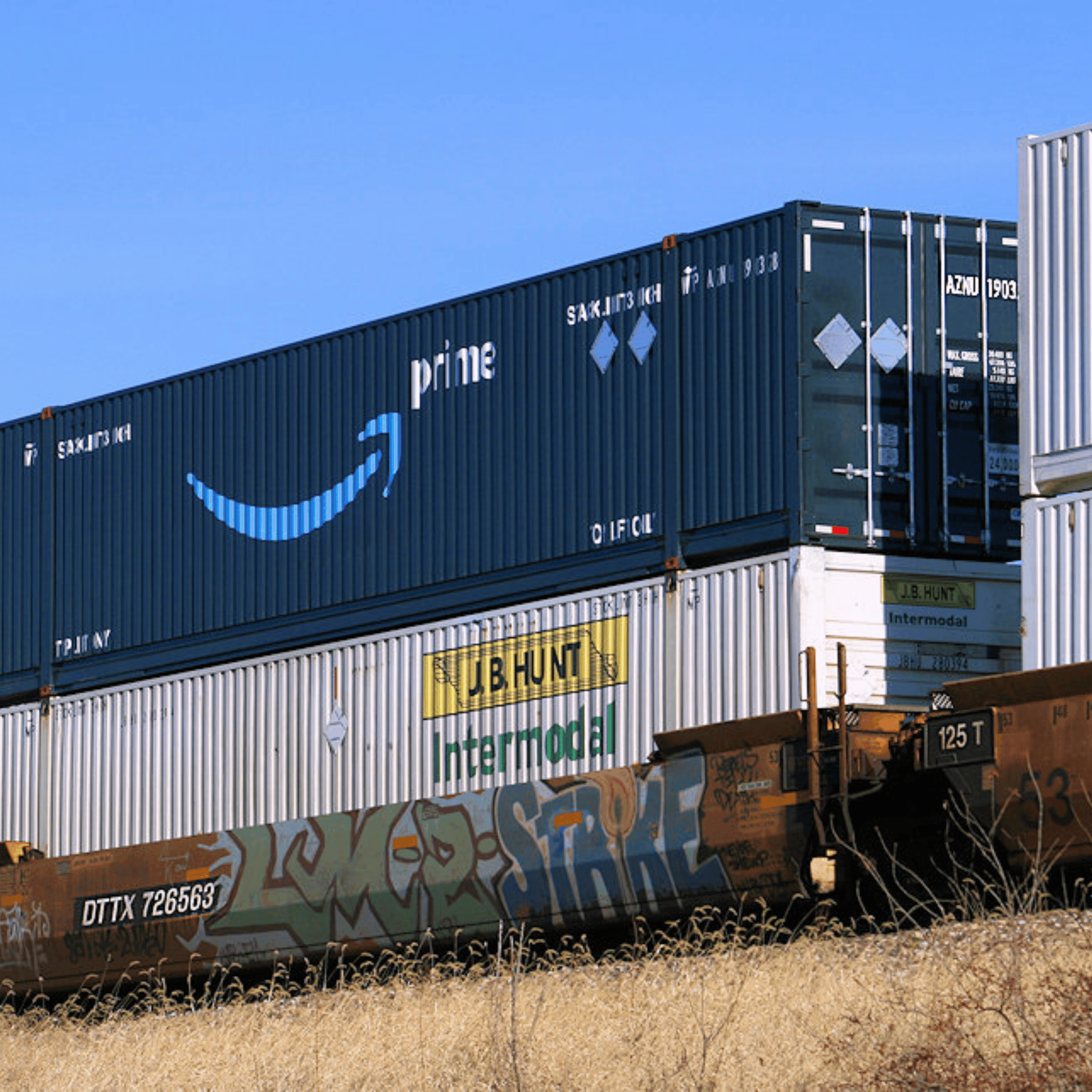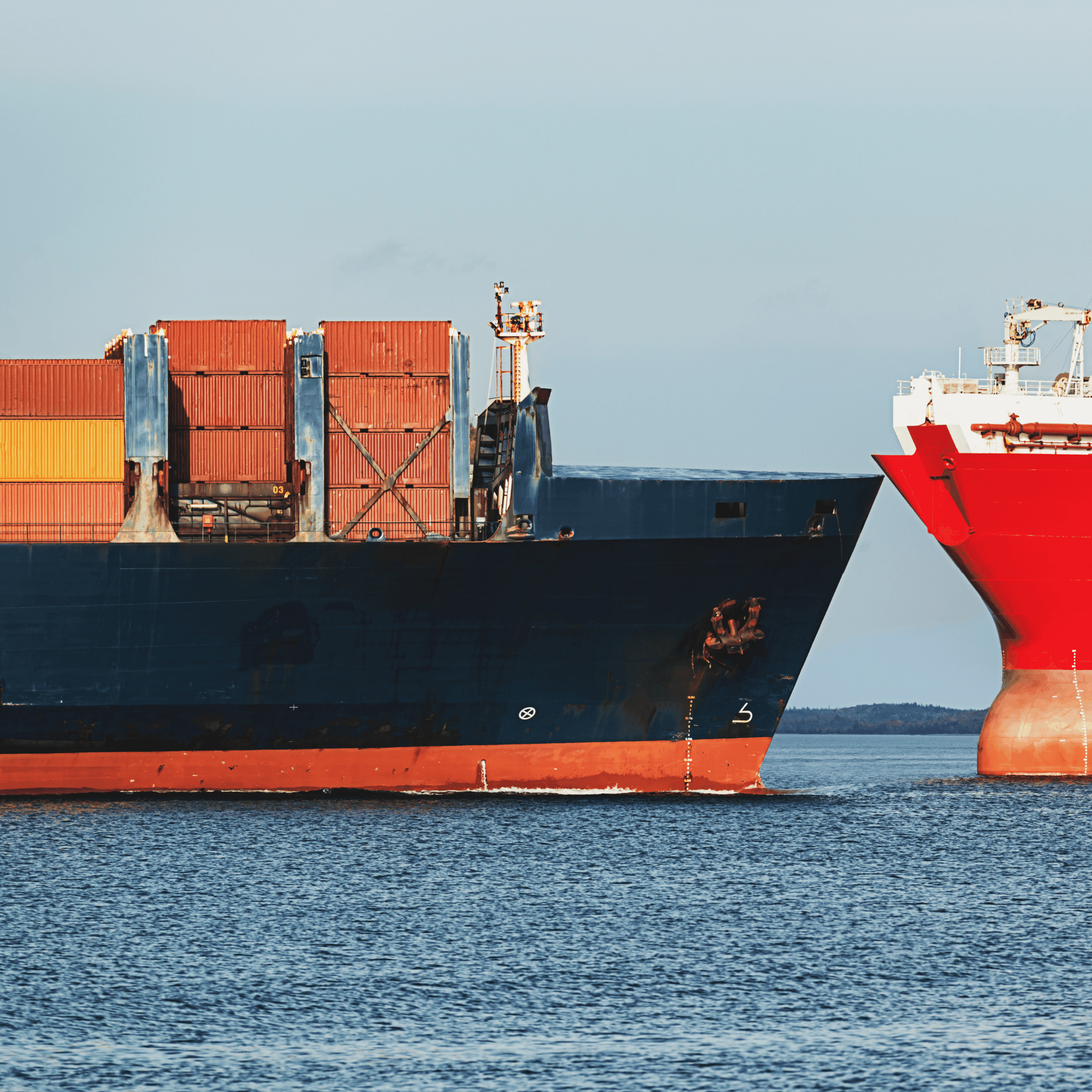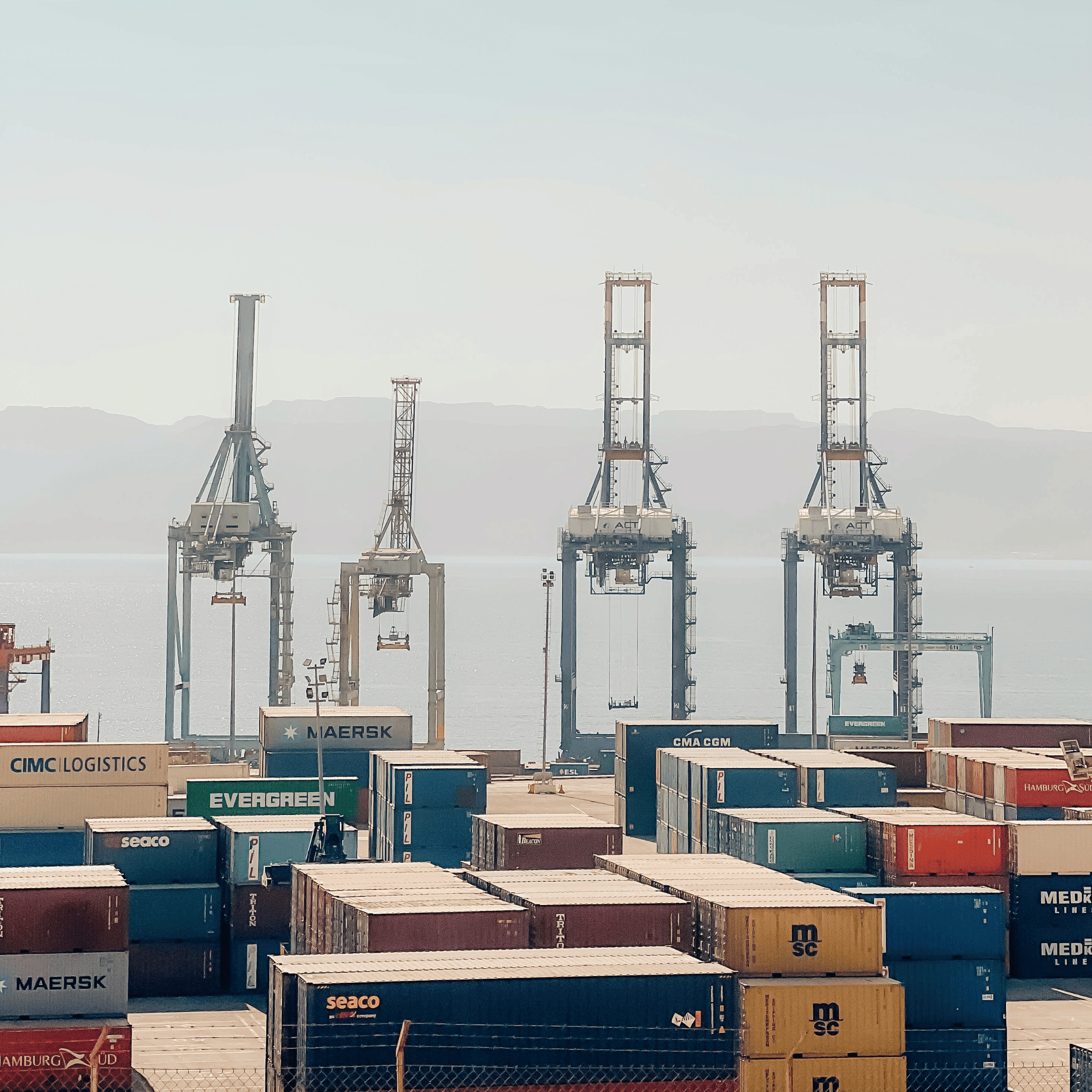Introduction
Third-party logistics providers (3PLs) are crucial cogs in the machinery of global trade. They facilitate movement, warehousing, and distribution of goods across borders. While these entities have been around for a long time, the evolving nature of international trade agreements significantly reshapes their operational landscapes. Here, we delve deeper into the intricacies of these agreements and their subsequent ramifications for 3PLs, with evidence from three pivotal agreements.
Contextual Understanding
International trade agreements are formalized treaties between countries aiming to reduce or eliminate trade barriers, fortify economic relationships, and promote business efficiencies across boundaries. They encompass areas such as tariff reduction, streamlined customs protocols, and protection of intellectual property.
An Overview of Major Trade Agreements
North American Free Trade Agreement (NAFTA): A landmark agreement launched in 1994, NAFTA aimed to wipe out tariffs on a majority of products traded between the U.S., Canada, and Mexico.
Trans-Pacific Partnership (TPP): Encompassing 11 countries around the Pacific Rim, the TPP strove for deeper economic ties, slashing tariffs and fostering trade. The U.S., initially a significant player, later withdrew.
European Union (EU) Single Market: More than just a trade agreement, it’s a comprehensive mechanism assuring free movement of goods, capital, services, and labor across member states.
Deep Dive into 3PL Implications
Surging Trade Volumes:
Every time barriers to trade are relaxed, trade volumes naturally spike. This surge directly benefits 3PLs with more requirements for goods’ transportation, warehousing, and distribution.
Operational Efficacies:
Streamlined customs procedures translate to quicker transit times and reduced logistical bottlenecks. This enhances not just the speed but also the cost-effectiveness and reliability of 3PL services.
Reassessment of Strategic Facilities:
As trade patterns shift post-agreements, 3PLs must re-strategize their operational facilities. For instance, a hub previously catering to the U.S. might be better positioned serving Asian markets in light of the TPP.
Broadened Service Scope:
Trade agreements might open up avenues for new categories of goods. As a direct implication, 3PLs would then need to diversify their warehousing solutions, transportation mechanisms, and distribution channels.
Staying Atop Regulatory Mandates:
Trade treaties come with their sets of rules, ranging from origin verification to ensuring intellectual property isn’t breached. 3PLs need to invest in robust technologies and training to ensure total compliance.
Evolving Competitive Scenarios:
Barrier-free trading zones attract global players, including international 3PL giants. For regional and smaller players, this means intensified competition and a need to innovate continually.
Unpacking Case Insights
NAFTA: The U.S.-Mexico trade landscape metamorphosed post-NAFTA. American 3PLs, sensing the burgeoning opportunities, expanded southwards. It wasn’t just about transportation but also setting up advanced warehousing solutions in strategic Mexican locations.
TPP: Despite the U.S. exit, the TPP’s remaining nations saw intra-member trade swell. This called for Pacific-centric 3PL solutions, catering to longer maritime routes and specific demands of member nations.
EU Single Market: A pan-European logistics canvas meant 3PLs could capitalize on efficiencies of scale and scope. Centralized mega distribution centers emerged, servicing multiple nations, reducing redundancies and optimizing resource usage.
Wrapping Up
For 3PLs, international trade agreements are more than geopolitical tools; they are transformative instruments reshaping logistical demands and operational strategies. While opportunities are vast, the challenges are equally daunting. Success hinges on foresight, agility, and an unwavering commitment to innovation and adaptability in an ever-evolving global trading milieu.






